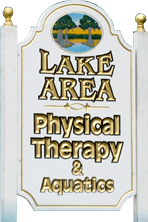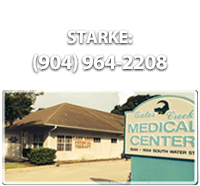Metatarsal Fracture (Forefoot)
Read more about Metatarsal Fracture (Forefoot)
Introduction

Anatomy
Certain parts of the metatarsals have a better blood supply than others . Fractures in areas of poor blood supply have more difficulty healing. For example, a Jones Fracture is such a fracture near the base of the fifth metatarsal that commonly requires surgery.
Causes
Symptoms
Diagnosis
Treatment
Surgery
Recovery
Recovery is individualized and depends on the location and extent of your injury, as well as the treatment that you received. Your doctor will let you know what to expect. Overall, metatarsal surgery has a high degree of success.

Copyright © - iHealthSpot Interactive - www.iHealthSpot.com
This information is intended for educational and informational purposes only. It should not be used in place of an individual consultation or examination or replace the advice of your health care professional and should not be relied upon to determine diagnosis or course of treatment.
The iHealthSpot patient education library was written collaboratively by the iHealthSpot editorial team which includes Senior Medical Authors Dr. Mary Car-Blanchard, OTD/OTR/L and Valerie K. Clark, and the following editorial advisors: Steve Meadows, MD, Ernie F. Soto, DDS, Ronald J. Glatzer, MD, Jonathan Rosenberg, MD, Christopher M. Nolte, MD, David Applebaum, MD, Jonathan M. Tarrash, MD, and Paula Soto, RN/BSN. This content complies with the HONcode standard for trustworthy health information. The library commenced development on September 1, 2005 with the latest update/addition on February 16, 2022. For information on iHealthSpot’s other services including medical website design, visit www.iHealthSpot.com.






